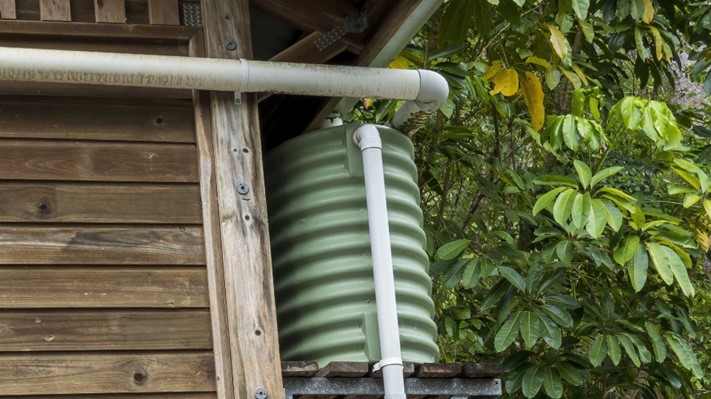
Maintaining slimline tanks is more than just routine upkeep—it's an investment in the efficiency and sustainability of your water storage system. Whether you're a homeowner looking to maximise rainwater harvesting or a business owner seeking to optimise water management, keeping your slimline tank in prime condition is crucial.
From regular inspections to proactive maintenance, here is your step-by-step guide to maintaining your tank.
Step 1: Regular Visual Inspection
A well-maintained slimline tank starts with regular visual inspections. Set a monthly schedule to check for any signs of wear, damage, or leaks. Examine the water tank's exterior for cracks, dents, or discoloured areas.
Pay attention to seams and joints where leaks might occur over time. This initial step allows you to catch minor issues before they escalate into major problems.
Step 2: Cleaning and Sanitisation
Cleaning your slimline tank helps maintain the best water quality. Empty the tank before proceeding. Use a gentle detergent and a soft-bristle brush to scrub the interior.
Focus on removing algae, sediment, and any residue that may have accumulated. Rinse the tank thoroughly to eliminate any traces of detergent. Use a water and bleach solution for sanitisation, following the manufacturer's recommended proportions. For your safety, ensure proper ventilation during this process.
Step 3: Inspecting the Inlet and Outlet
The inlet and outlet components are crucial to the tank's functionality. Inspect these elements for clogs, debris, or signs of corrosion. Clean the inlet mesh or filter to prevent blockages and ensure efficient water flow.
Check that the outlet valve operates smoothly and replace worn or damaged parts. These simple checks help prevent water stagnation and optimise the tank's performance.
Step 4: Monitoring the Overflow System
Proper overflow management prevents waterlogging and potential damage to your slimline tank. Regularly check the overflow system for blockages caused by leaves, insects, or debris.
Ensure the overflow pipe is clear and directs excess water away from the tank's foundation. Adequate overflow prevents stress on the tank's structure during heavy rainfall.
Step 5: Assessing the Base and Foundation
The foundation on which your slimline tank rests is vital for stability. Regularly inspect the base for settling, shifting, or unevenness. These issues can strain the tank and lead to structural damage over time. Adjust the base or foundation to ensure proper weight distribution and stability if necessary.
Step 6: Maintenance of Accessories
Slimline tanks often have accessories such as pumps, filters, and level indicators. Maintain these components according to the manufacturer's guidelines. Clean or replace filters when necessary to prevent clogging and ensure optimal water quality. Lubricate moving parts to enhance performance and extend their lifespan.
Step 7: Winter Preparation
For those in colder climates, winterising slimline tanks is crucial. Drain the tank completely before freezing temperatures arrive to prevent water from expanding and causing damage. Disconnect any hoses, pumps, or accessories and store them in a dry, sheltered location. If necessary, consider insulating the tank to protect it from extreme cold.
By following these steps, you can ensure that your 3000-litre water tank, or whatever size your tank is, remains in top condition, providing reliable water storage for many years. Keeping your water tanks well-maintained can benefit you and contribute to sustainable water management.


























